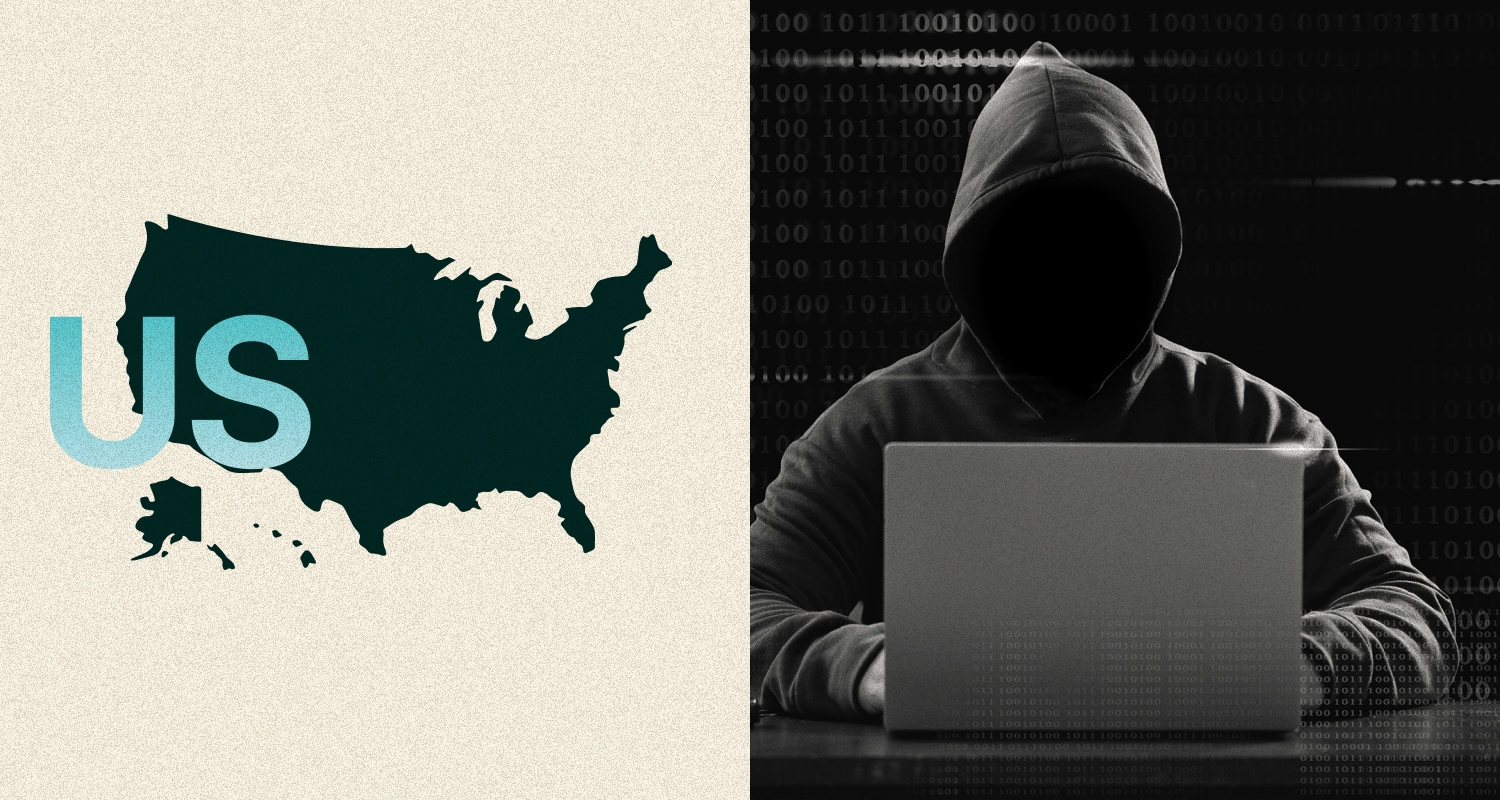Summary
The San Francisco Health Care Security Ordinance (HCSO) requires Covered Employers to satisfy an employer spending requirement by making health care expenditures for their Covered Employees, among other reporting and notice requirements. The San Francisco Office of Labor Standards Enforcement (OLSE) is responsible for enforcing the employer requirements of the HCSO. The OLSE recently released new rules for self-insured plans, a new employee voluntary waiver form, and updated 2018 HCSO rates. For complete information about the HCSO, please visit the HCSO Website.
What is a Covered Employer?
Employers are subject to the HCSO if they employ one or more workers within the geographic boundaries of the City and County of San Francisco, if they are a for-profit business with 20 or more employees worldwide or a nonprofit with 50 or more employees worldwide, and if they are required to obtain a San Francisco Business Registration Certificate.
What is a Covered Employee?
An employee is covered by the HCSO if they work for a Covered Employer and they:
- are entitled to be paid the minimum wage;
- have been employed by their employer for at least 90 calendar days;
- perform at least 8 hours of work per week within the geographic boundaries of San Francisco; and
- do not meet one of the 5 exemption criteria.
Exemption Criteria (who does NOT need to be considered for HCSO purposes)
- Employees who voluntary waive their right to have their employers make health care expenditures on their behalf because they have other employer coverage;
- Employees who qualify as managers, supervisors and they earn more than the salary exemption amount;
- Employees who are covered by Medicare or TRICARE;
- Employees who are employed by a non-profit corporation for up to one year as trainees in a bona fide training program consistent with federal law; or
- Employees who receive health care benefits pursuant to the San Francisco Health Care Accountability Ordinance (HCAO).
New Waiver Form
The OLSE published a new Employee Voluntary Waiver Form on November 1, 2017. Employees may voluntarily choose to sign this waiver only if they have health benefits through another employer (such as a parent or spouse’s employer). Employers should be sure to review HCSO Rule 3.8 in the New HCSO Rules for more information on the Waiver.
There are a few key pieces of information employers should be aware of regarding the Waiver. Employers should only be providing the Waiver to employees who are waiving medical, dental, and vision benefits (they must waive all benefits). It is important to know that employees do not have to waive the HCSO expenditure benefit. Employers cannot require their employees to waive, even if they have coverage through another employer. Waivers must be re-signed annually and kept in the employer’s HCSO file for a period of four years. Employees that are exempt from HCSO due to the manager/supervisor and salary exemption do not need to sign waivers, though the employer should keep proof that those employees meet the exemption requirements.
New Rules for Self-insured Employers
The OLSE also published new Health Care Security Ordinance Rules on October 10, 2017. The new Rules took effect on October 29, 2017. Most of the rules remain the same, however they do address a new rule regarding expenditure calculation methods for self-insured employers under Rules 5.9 and 5.10. Specifically:
- Self-insured employers may comply with HCSO by offering a self-insured uniform health plan, so long as the plan satisfies one of the following:
- The employer pays premiums and/or fees to a third party to administer the plan; no portion of those premiums or fees are returned to the employer; and the premiums and fees paid for a calendar quarter meet or exceed the Required Health Care Expenditure for each Covered Employee for that quarter; or
- The employer pays claims as they are incurred, and the preceding year’s average hourly expenditures meet or exceeds that year’s expenditure rate for that employer.
- This option shall be limited to uniform health plans, meaning the plan must have the same benefit design for all covered employees, including co-pay requirements, out-of-pocket maximums, deductibles, coverage tiers, and eligibility criteria. The employer has the option of including only Covered Employees in this calculation, or including all employees participating in the uniform plan, provided that all such employees receive the same health coverage or product.
- The average hourly Health Care Expenditure for employees in a uniform health plan shall be calculated by dividing the total amount of required Health Care Expenditures for employees in the plan by the total number of Hours Payable to each of the employees in the plan (capped at 172 hours/month).
- The employer shall receive credit toward the Employer Spending Requirement in the amount of the average actual expenditures per Covered Employee.
- If an employer is using this calculation method, they do not need to make quarterly expenditures. They would need to “top-off” any shortfall expenditures (if needed) by the last day of February of the following year.
Notice Requirement
Every Covered Employer must post the ![]() 2017 HCSO Notice in a conspicuous place at any workplace or job site where any Covered Employee works.
2017 HCSO Notice in a conspicuous place at any workplace or job site where any Covered Employee works.
Every Covered Employer is required to post the Official Notice in English, Spanish, and Chinese. The front of the Official OLSE Notice already includes these three languages.
Every Covered Employer must also post the Official Notice in any other language spoken by at least 5% of the employees at the workplace. The back of the Official OLSE Notice includes translations into Tagalog, Russian, and Vietnamese. If more than 5% of the workers at the workplace speak any other language, the employer is responsible for translating and posting notice in that language.
Record-keeping Requirement
Covered employers must keep pertinent HCSO records and documentation (itemized pay statements, employee information, records to support the employer has met the expenditure requirement, proof that expenditures were made, employee terminations, employee voluntary waiver forms, copies of notices given to employees, etc.) for a period of four years.
Reporting Requirement
Covered Employers shall provide information to the City regarding their Health Care Expenditures on an annual basis (by April 30th). Such information shall be provided on the Employer Annual Reporting Form, which shall be posted on the OLSE website, and notice of which shall be sent to registered businesses.
To receive an email notification each year when the Annual Reporting Form is available, please sign up for the HCSO Email List.
Updated Rates
The updated HCSO Rates for 2018 are as follows:
| Employer Size | Number of Employees | 2017 Expenditure Rate | 2018 Expenditure Rate |
| Large | All employers w/100+ employees | $2.64 per hour payable | $2.83 per hour payable |
| Medium | Businesses w/20-99 employees Nonprofits w/50-99 employees |
$1.76 per hour payable | $1.89 per hour payable |
| Small | Businesses w/0-19 employees Nonprofits w/0-49 employees |
Exempt | Exempt |
Additional Resources
SF HCSO Employee Waiver Form (NEW)
The information and materials on this blog are provided for informational purposes only and are not intended to constitute legal or tax advice. Information provided in this blog may not reflect the most current legal developments and may vary by jurisdiction. The content on this blog is for general informational purposes only and does not apply to any particular facts or circumstances. The use of this blog does not in any way establish an attorney-client relationship, nor should any such relationship be implied, and the contents do not constitute legal or tax advice. If you require legal or tax advice, please consult with a licensed attorney or tax professional in your jurisdiction. The contributing authors expressly disclaim all liability to any persons or entities with respect to any action or inaction based on the contents of this blog.



